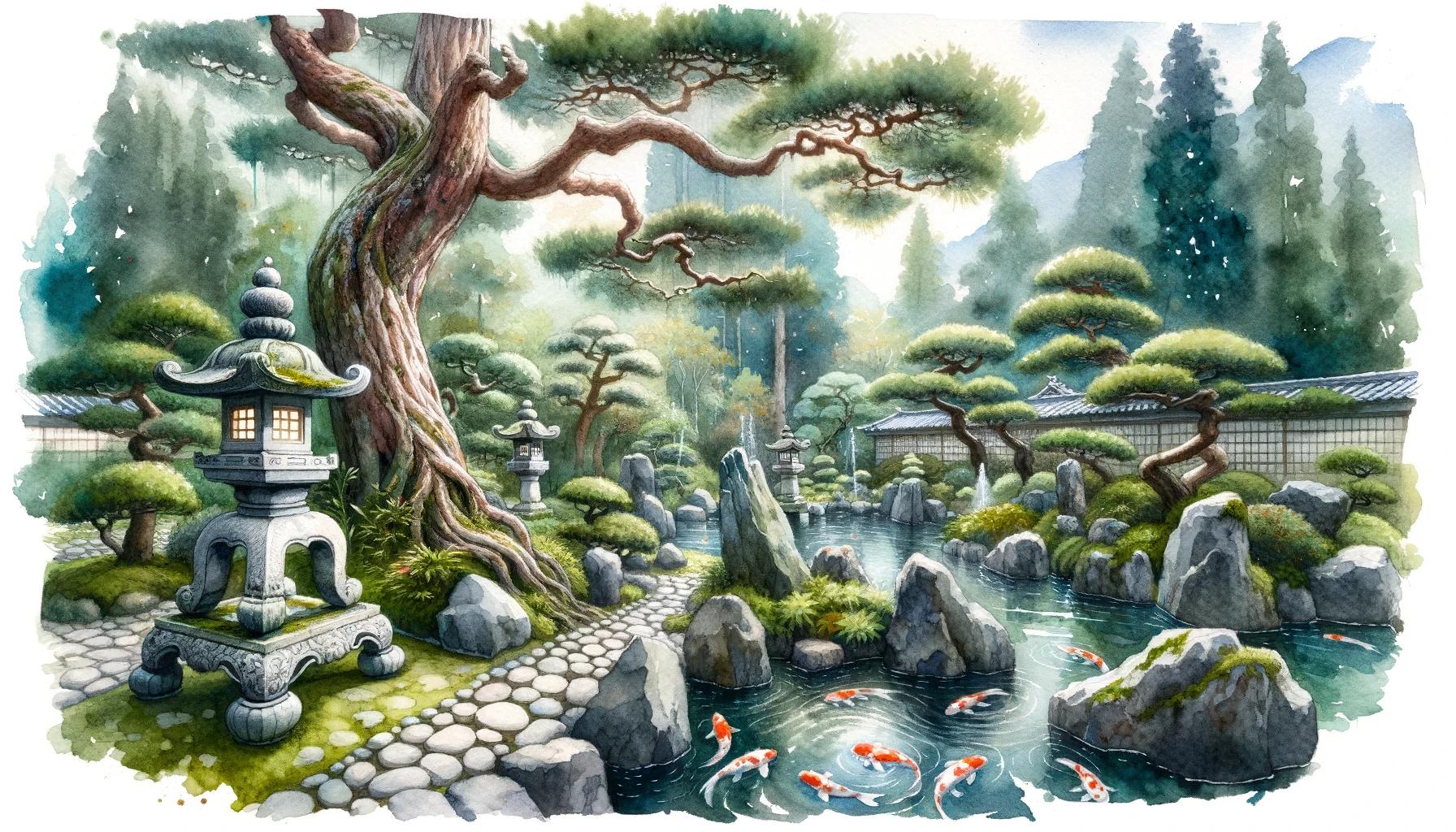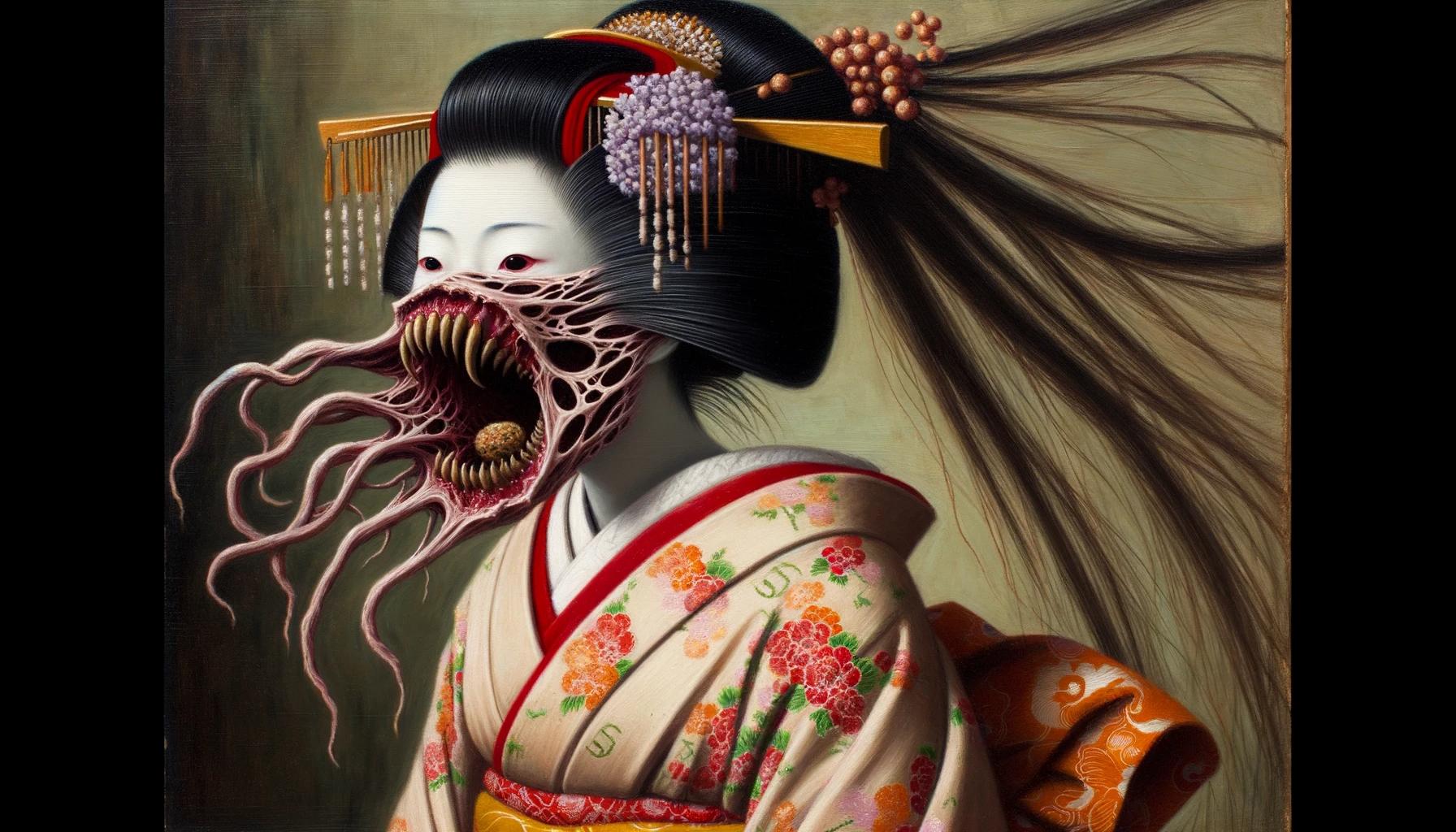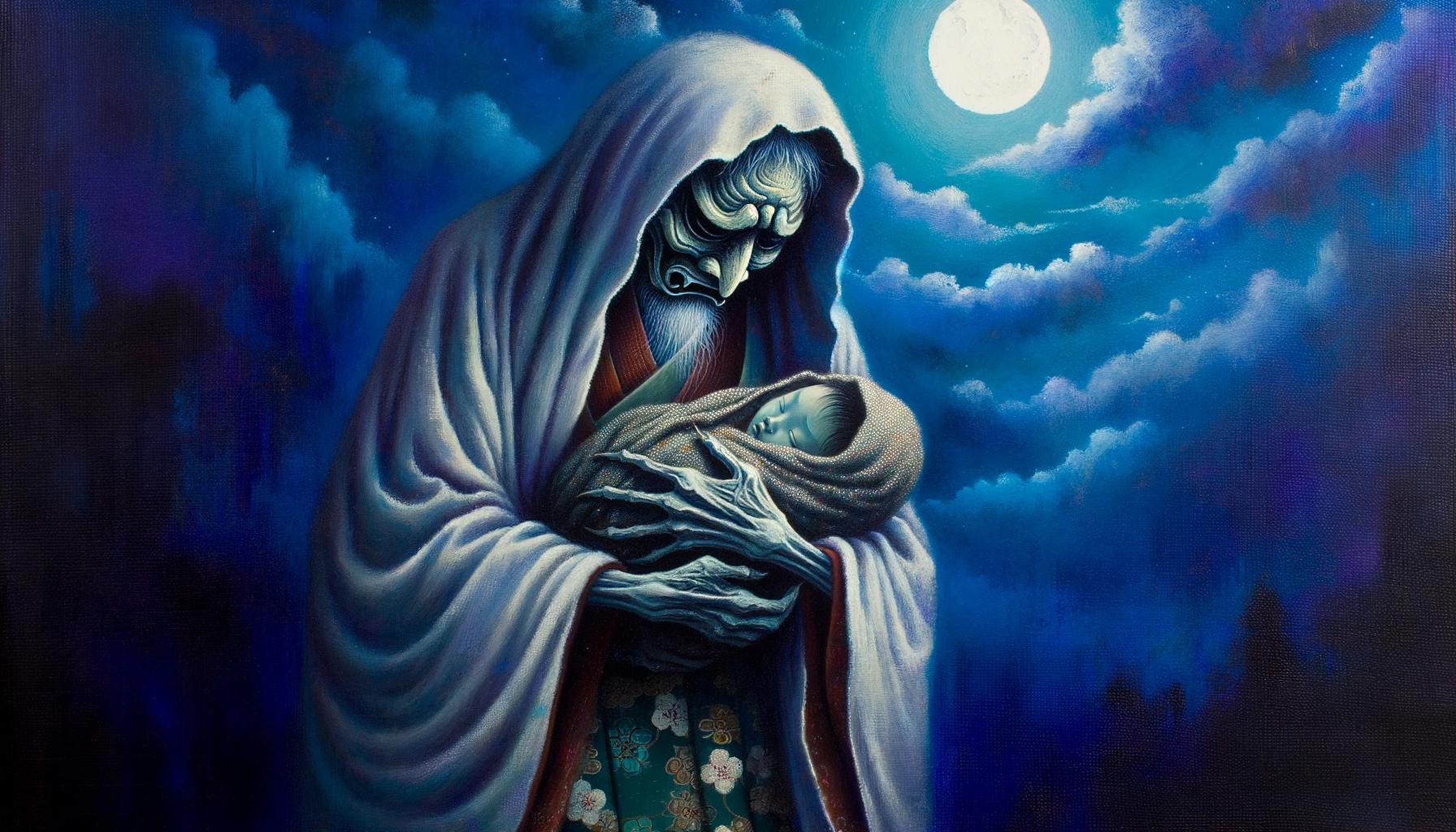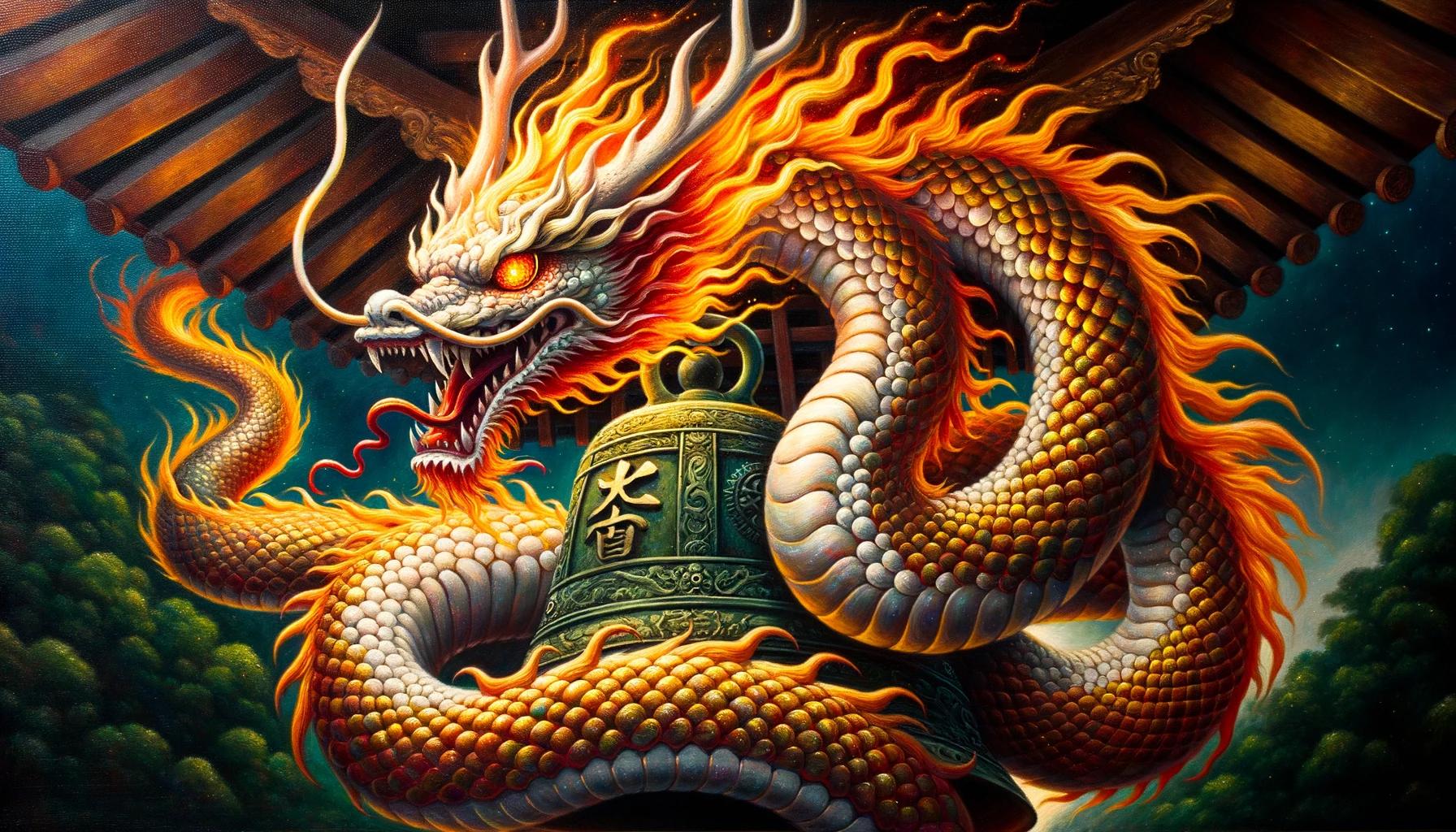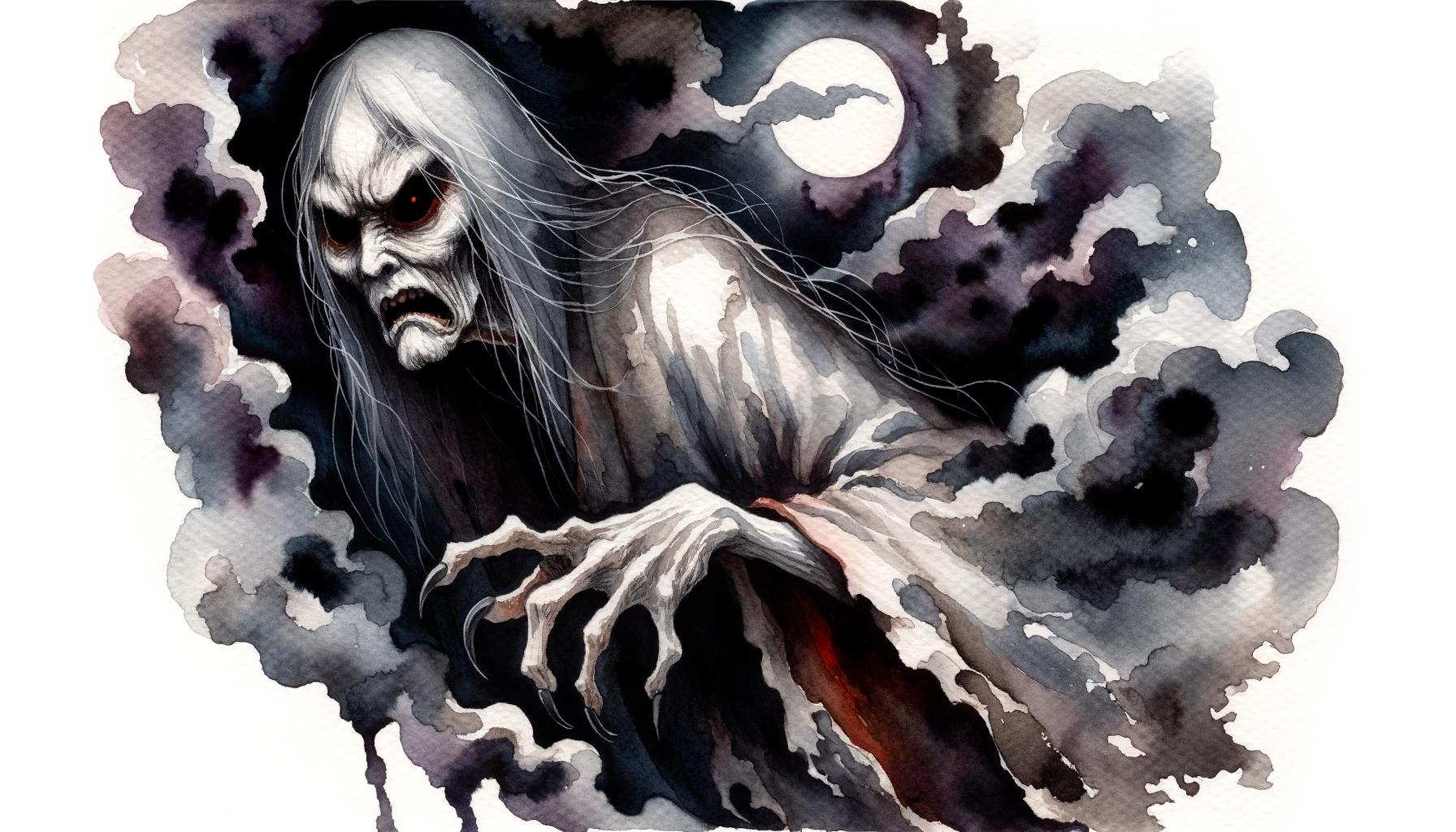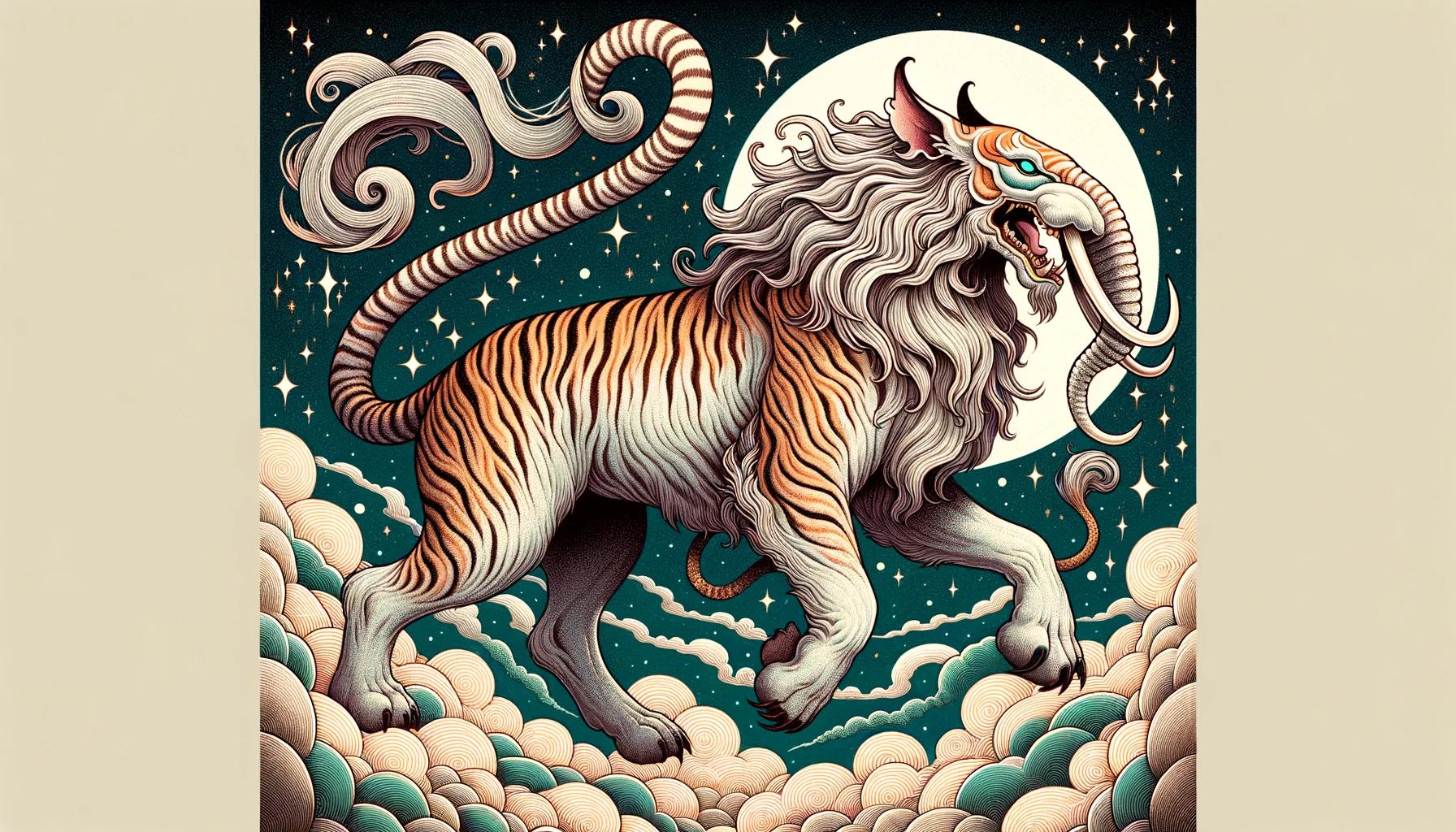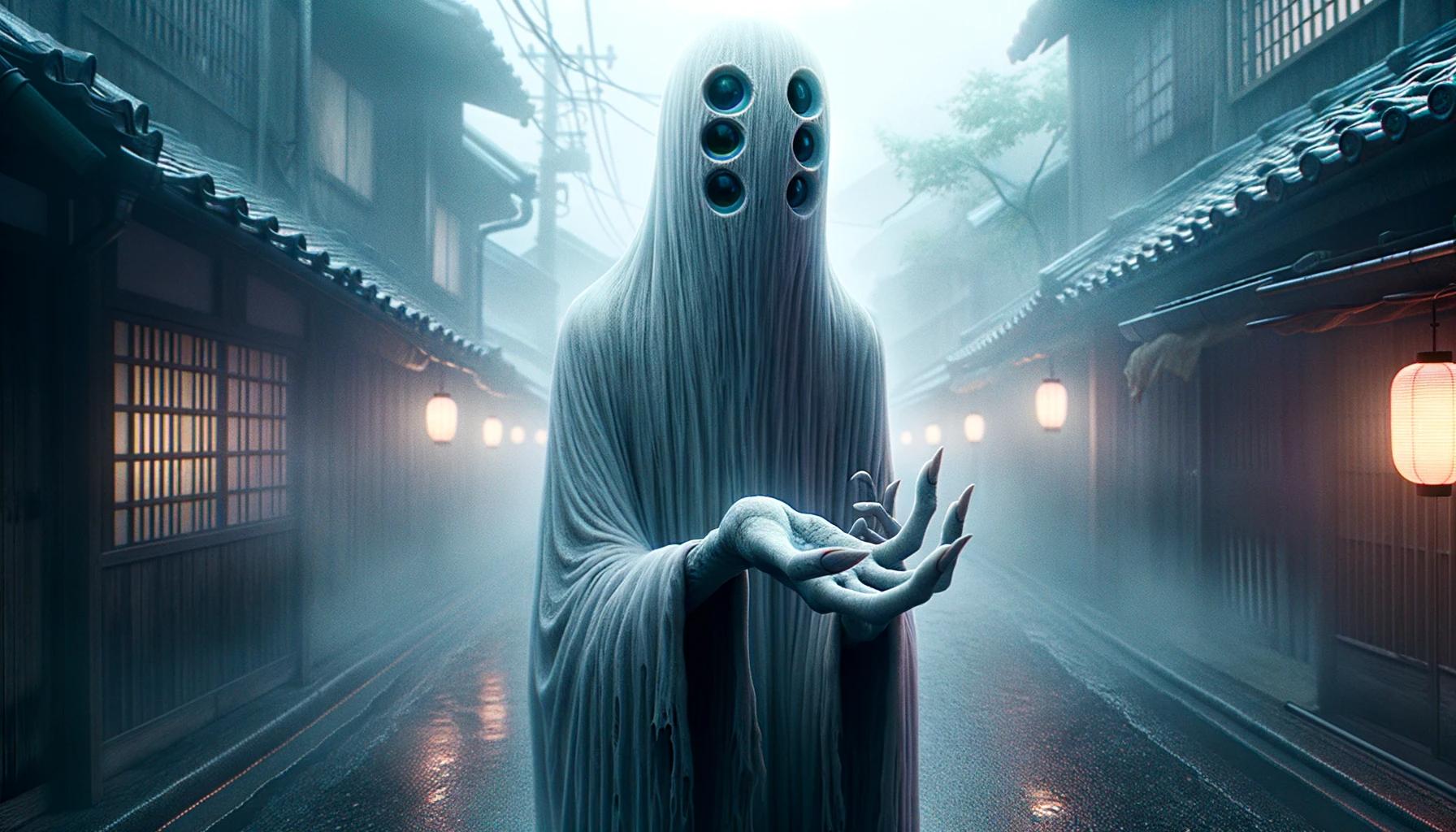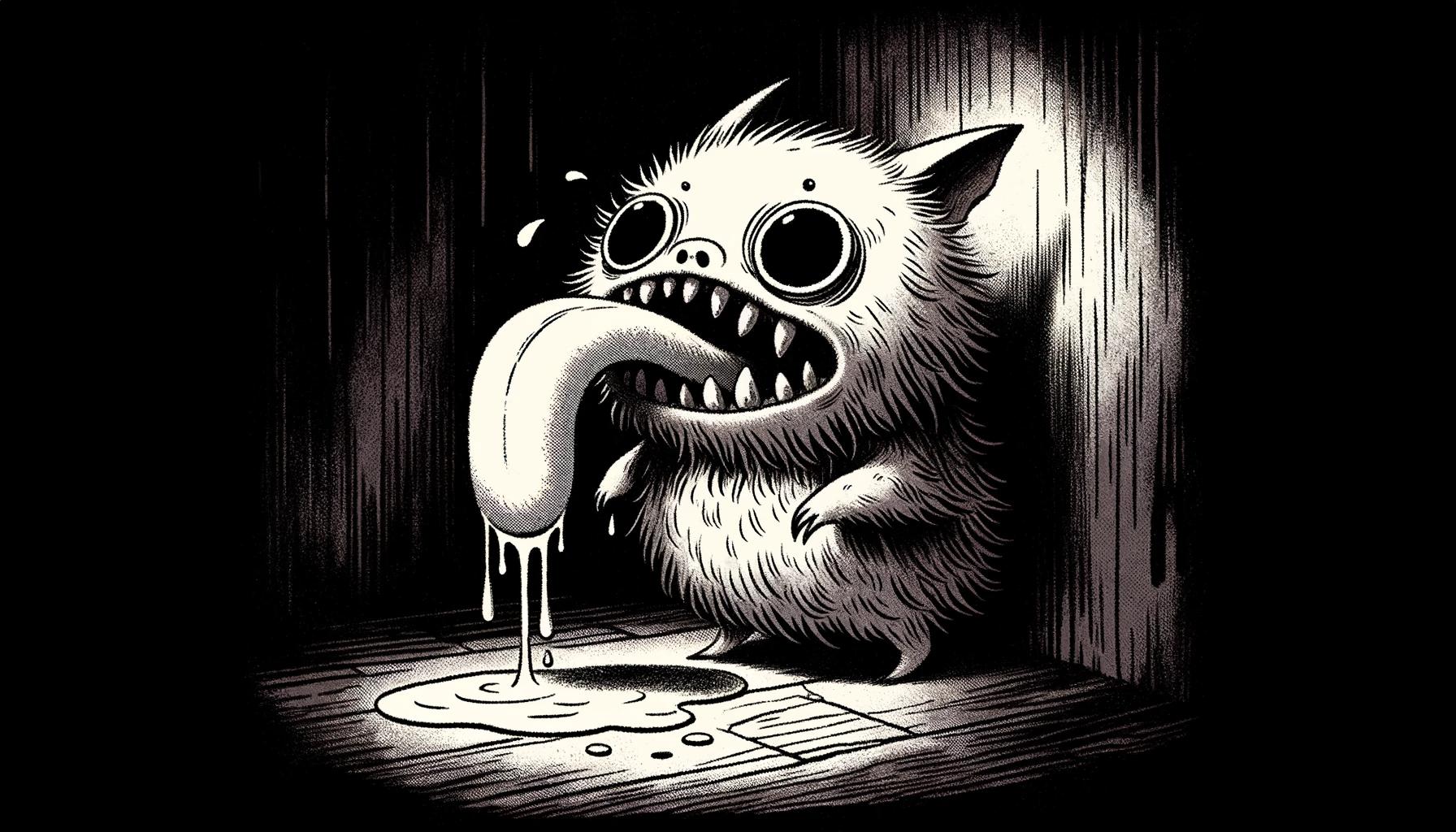Japan Myths and Legends: Unveiling the Rich Folklore of Japan
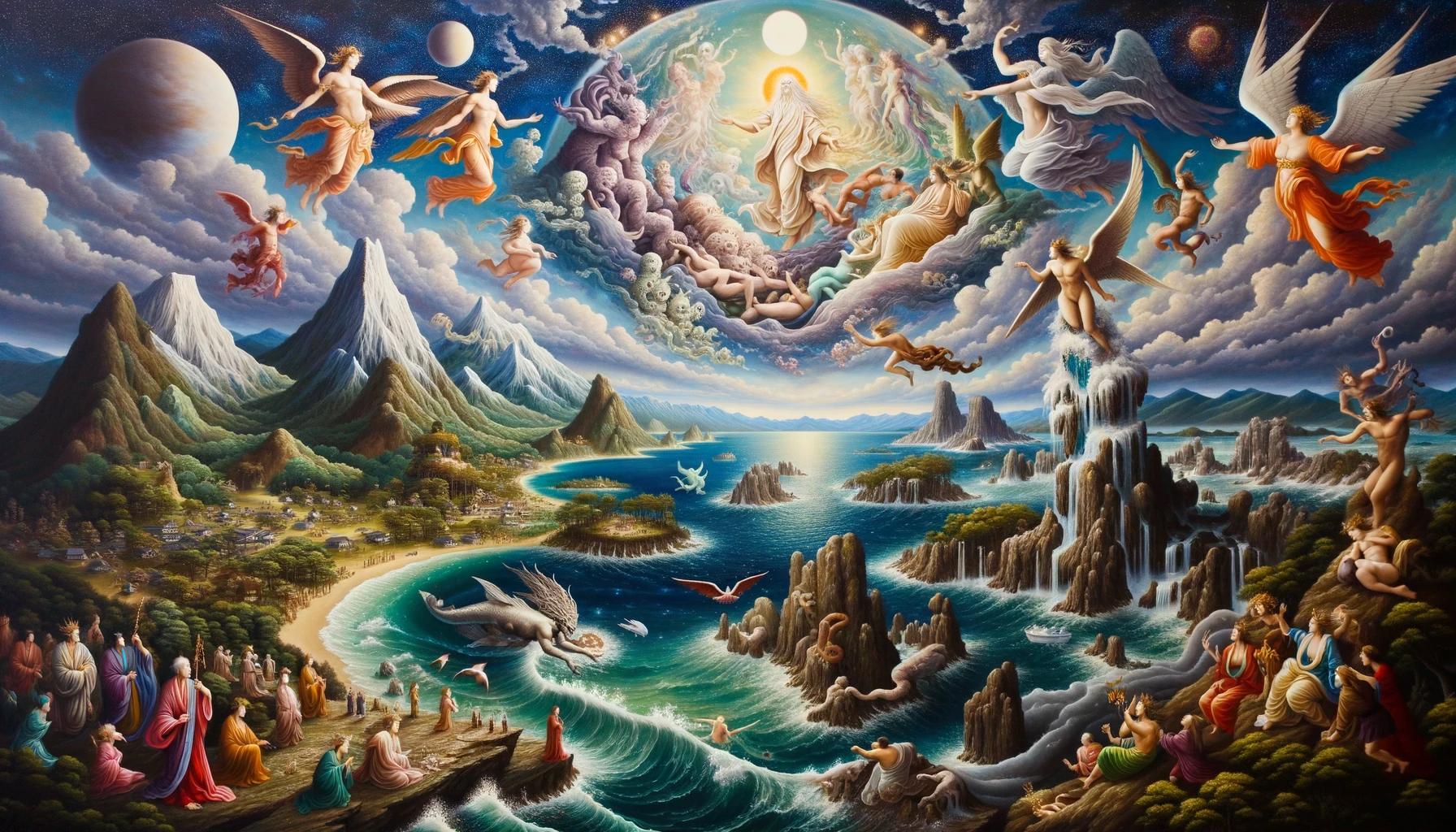
Japanese myths and legends have captivated people for centuries, offering a glimpse into the rich folklore of this ancient culture. From creation myths like Izanagi and Izanami, to tales of deities such as Amaterasu and Susano-o, these stories have shaped Japanese identity and influenced art, literature, and modern popular culture.
Exploring mythical places like Yomi and Takamagahara, as well as legendary creatures like Tengu and Kappa, provides a fascinating perspective on Japan’s mystical past. Join us on a journey through the enchanting world of Japan’s myths and legends.
History of Japanese Mythology
Japanese mythology boasts a rich tapestry of captivating stories that delve into the origins and beliefs of ancient Japan. Within this fascinating realm, several key themes emerge, shedding light on the creation of the world, the role of the imperial family, the significance of ancient texts, and the influence of Shinto on Japanese mythology.
The Creation Myths: Izanagi and Izanami
At the heart of Japanese mythology lie the creation myths of Izanagi and Izanami. These divine siblings are credited with giving birth to the islands of Japan and birthing an array of deities.
According to legend, their union gave rise to a pantheon of gods, including the sun goddess Amaterasu and the storm god Susano-o. Izanagi and Izanami’s profound impact on Japanese cosmogony sets the stage for the tales that follow.
The Imperial Family and the Myth of Emperor Jimmu
Another integral aspect of Japanese mythology is the myth surrounding Emperor Jimmu, who is considered the legendary first emperor of Japan. According to the myth, Emperor Jimmu is believed to be a direct descendant of Amaterasu, solidifying the divine lineage of Japan’s imperial family.
This mythological link between gods and rulers holds significant cultural and historical importance in Japanese society.
The Kojiki and Nihon Shoki: Ancient Texts on Japanese Mythology
To gain a deeper understanding of Japanese mythology, one must turn to the ancient texts known as the Kojiki and Nihon Shoki. These written compilations, dating back to the 8th century, serve as invaluable sources of Japanese folklore, chronicles of imperial history, and accounts of mythical narratives.
The Kojiki and Nihon Shoki offer profound insights into the roots and development of Japanese mythology.
The Influence of Shinto on Japanese Mythology
Shinto, Japan’s indigenous religion, plays a vital role in shaping and intertwining with Japanese mythology. The belief in kami, sacred spirits or deities, forms the cornerstone of Shinto practices and rituals.
Many Japanese myths revolve around interactions between gods and humans, often illustrating the profound connection between the natural world and spiritual realms. The pervasive influence of Shinto on Japanese mythology is an essential thread that weaves throughout its captivating tales.
Deities in Japanese Mythology
In Japanese mythology, a pantheon of deities represents various aspects of the natural and supernatural world. These divine beings play integral roles in shaping the narratives and beliefs of Japanese folklore.
This section explores some prominent deities in Japanese mythology and their significance:
Amaterasu: The Sun Goddess
Amaterasu is one of the most revered deities in Japanese mythology, often associated with the sun and the source of light and life. She is a central figure in Shinto, the indigenous religion of Japan.
Amaterasu’s story tells of her retreat into a cave, plunging the world into darkness until lured out by the gods’ clever tactics. She symbolizes warmth, benevolence, and the divine authority of the imperial family.
Susano-o: The Storm God and Brother of Amaterasu
Susano-o is a powerful deity known as the Storm God and the brother of Amaterasu. In contrast to his sister’s benevolence, Susano-o is often associated with chaos and disruption. His tales depict his fierce battles, wild escapades, and multiple clashes with Amaterasu.
Despite his tumultuous nature, Susano-o’s actions also bring about positive change and balance to the world.
Inari: The God of Rice and Agriculture
Inari, the god of rice and agriculture, holds a significant place in Japanese mythology. Considered the patron of farmers, merchants, and tradespeople, Inari governs bountiful harvests and prosperity.
Inari is often depicted with foxes, believed to be messengers and protectors of the god. Shrines dedicated to Inari are prevalent throughout Japan, adorned with red torii gates and fox statues.
Tengu, Yōkai, and Yūrei: Mythical Creatures in Japanese Folklore
- Tengu: These avian-humanoid creatures, characterized by their long noses and wings, are known for their martial arts skills and wisdom. Tengu are often depicted as both protectors and tricksters in Japanese mythology.
- Yōkai: These supernatural beings encompass a wide range of creatures, from mischievous spirits to malevolent entities.
Yōkai inhabit various aspects of nature and often interact with humans, showcasing the diverse and colorful nature of Japanese folklore.
- Yūrei: Representing vengeful spirits, yūrei are associated with tragic deaths and carry a sense of sadness and longing.
These ghostly apparitions frequently appear in traditional Japanese ghost stories and are believed to haunt specific locations.
The presence of these mythical creatures in Japanese folklore contributes to the mystical allure and cultural richness of Japan’s mythical realm.
Legends and Tales in Japanese Mythology
Legends and tales are an integral part of Japanese mythology, weaving a tapestry of captivating stories that have been passed down through generations. These tales provide fascinating insights into the cultural beliefs and values of ancient Japan, serving as a window into the mythical realm that continues to enchant us today.
The Tale of the Bamboo Cutter
The Tale of the Bamboo Cutter, also known as Kaguya-hime no Monogatari, is a beloved Japanese folktale dating back to the Heian period. It revolves around a humble bamboo cutter who discovers a tiny girl inside a glowing bamboo stalk.
As she grows up, Kaguya-hime captivates the hearts of many suitors, but her true origins and the purpose of her existence remain shrouded in mystery. This enchanting tale explores themes of love, sacrifice, and the ephemeral nature of life.
The Legend of Momotaro, the Peach Boy
The Legend of Momotaro, a popular Japanese legend, tells the story of a brave boy who emerges from a giant peach and embarks on a quest to defeat a group of evil oni (ogres).
With the help of his loyal animal companions, Momotaro faces numerous challenges and ultimately triumphs over the forces of darkness. This tale embodies the virtues of courage, determination, and teamwork, leaving a lasting impression on Japanese culture.
Shita-kiri Suzume: The Tongue-Cut Sparrow
Shita-kiri Suzume, or The Tongue-Cut Sparrow, is a traditional Japanese folk story with lessons on kindness and compassion. The tale follows the journey of a humble old man who rescues a sparrow from a cruel feudal lord.
In return for his kindness, the sparrow bestows blessings upon the old man and his wife. However, when the greedy neighbor’s wife is unable to resist the temptation, she commits a grave mistake, resulting in the transformation of their fortunes.
This tale serves as a reminder of the consequences of greed and the importance of treating others with respect.
Legends and tales in Japanese mythology offer a window into the vivid imagination and moral values of ancient Japan.
From ethereal princesses to noble heroes, these stories continue to captivate and inspire, reminding us of the enduring power of myth and the timeless lessons they hold.
Mythical Places in Japanese Mythology
Japan’s rich mythology is replete with fascinating tales woven around mystical places that form an integral part of Japanese folklore.
These mythological settings hold immense significance and offer insights into the cultural and spiritual beliefs of the Japanese people. Journey into the captivating realm of mythical places in Japanese mythology, where ancient legends come alive.
The Underworld: Yomi and the Journey of Izanagi
In Japanese mythology, the underworld is known as Yomi, a realm associated with death and darkness. According to legend, Izanagi, one of the primordial gods, embarked on a perilous journey to Yomi in search of his deceased wife, Izanami. This treacherous expedition is a captivating tale that sheds light on the origins of death and the rituals associated with mourning in Japanese culture.
The Land of the Gods: Takamagahara
Takamagahara, often referred to as the “Plain of High Heaven,” is a mythical realm believed to be the dwelling place of the gods in Japanese mythology. It is here that the celestial deities, including the sun goddess Amaterasu, govern the world.
Exploring the significance of Takamagahara provides a unique glimpse into the divine hierarchy, celestial affairs, and the interplay between the mortal and immortal realms.
The Japanese Archipelago: The Myth of the Islands’ Creation
The creation myth of the Japanese archipelago is a captivating narrative that explains the origin of Japan’s islands.
According to legend, the deity Izanagi and Izanami stirred the vast ocean with a jeweled spear, giving birth to a series of islands that would form modern-day Japan. This mythological tale underscores the deep connection between the Japanese people and their land, as well as the enduring importance of the natural environment in Japanese culture.
In conclusion, the mythical places in Japanese mythology not only captivate the imagination but also serve as windows into the complexities of Japanese culture, spirituality, and identity. These legendary realms, such as the underworld of Yomi, the divine realm of Takamagahara, and the creation of the Japanese archipelago, hold timeless wisdom and continue to shape the fabric of Japanese society in the present, bridging the gap between the ancient past and the modern world.
Japanese Mythology and Society
Japanese mythology has deeply influenced various aspects of Japanese society, leaving an indelible mark on art, literature, popular culture, and even the understanding of Japanese identity. Exploring the connections between Japanese myths and society reveals the profound impact these ancient stories continue to have in contemporary Japan.
Influence of Japanese Myths on Art and Literature
Japanese art and literature have long drawn inspiration from the rich tapestry of myths and legends. From the vibrant illustrations of gods and creatures in traditional ukiyo-e prints to the intricate storytelling of epic tales like “The Tale of Genji,” Japanese myths have provided a wellspring of creativity and artistic expression.
Shinto Shrines and Rituals: Connecting with the Mythical Past
Shinto, the indigenous religion of Japan, considers many myths and legends to be sacred. Shinto shrines act as portals to connect with the mythical past, where rituals and ceremonies are performed to honor deities, seek blessings, and maintain a harmonious balance between humans and the divine.
Japanese Mythology in Modern Popular Culture
Japanese myths and legends continue to captivate modern audiences through various forms of popular culture. Manga and anime adaptations bring these ancient stories to life, introducing new generations to the fascinating world of Japanese mythology.
Video games, movies, and television shows also draw inspiration from these timeless tales, showcasing their enduring appeal.
Exploring the Significance of Japanese Myths for Understanding Japanese Identity
Japanese myths play a crucial role in shaping and preserving Japanese collective identity. They provide a framework for understanding the country’s historical and cultural heritage, serving as a cultural touchstone that reinforces the unique characteristics and values of the Japanese people.
The exploration of Japanese myths offers valuable insights into the collective psyche and cultural identity of Japan.
Japan’s Mythological Creatures in Urban Legends
Japan is a land steeped in myth and legend, where ancient folklore continues to captivate and intrigue. One fascinating aspect of Japanese mythology lies in its mythological creatures, which have become prominent figures in urban legends.
These creatures embody the supernatural elements of Japanese folklore and have left an indelible mark on the imagination of the Japanese people.
Tengu: The Mischievous Mountain Spirits
Tengu are mythical creatures that are often depicted as bird-like humanoids with beak-like noses and wings. Known for their mischievous nature, individuals believed in the power of tengu to shape-shift and cause havoc.
Legends tell of their ability to possess humans, influencing their actions and behaviors. Tengu have become popular icons in Japanese culture, appearing in various forms of media, from works of art to movies and anime.
Kappa: The Water Imps of Japanese Folklore
Kappa are aquatic creatures that inhabit rivers and lakes in Japanese folklore. These mischievous water imps are characterized by their green, scaly skin and the hollow depression on the top of their heads, which holds water, granting them their powers.
According to legends, kappa can be both mischievous and dangerous, with a penchant for pulling pranks on unsuspecting humans or even drowning them. Tales of kappa encounters have been passed down through generations, contributing to their enduring presence in Japanese urban legends.
Yūrei: The Ghosts of Japan
Yūrei are spectral beings believed to be the souls of the deceased, often depicted as pale, ghostly figures dressed in traditional attire. These vengeful spirits are said to linger in the world of the living, seeking retribution or closure for their untimely demises.
Japanese ghost stories, known as kaidan, are filled with chilling tales of yūrei haunting specific locations or appearing in dreams, carrying an air of both sadness and terror. The stories of yūrei have become part of Japan’s rich supernatural heritage and continue to captivate the imagination.
Kitsune: The Intelligent Fox Spirits
Kitsune are magical foxes with the ability to shape-shift into human form. In Japanese folklore, they are regarded as intelligent and cunning creatures associated with both good fortune and mischief.
Kitsune can possess humans, manifesting their powers through illusions and manipulation. These enigmatic fox spirits have become popular characters in Japanese literature and are often depicted with multiple tails, symbolizing their age and wisdom.
Kitsune legends showcase their complex nature, intertwining elements of both benevolence and trickery.
As Japan’s urban legends continue to evolve and adapt to modern society, the enduring presence of these mythological creatures demonstrates the lasting impact of Japanese folklore on the collective imagination.
Through stories and encounters passed down through generations, Tengu, Kappa, Yūrei, and Kitsune have embedded themselves deeply into the cultural fabric of Japan, captivating both locals and visitors alike.
Comparative Analysis: Japanese Myths in Global Context
When exploring Japanese myths and legends, it is fascinating to discover the parallels between Japanese mythology and other mythologies around the world. While each culture has its unique characteristics and beliefs, certain themes and motifs appear universally across different mythologies.
Parallels between Japanese Mythology and World Mythologies
Japanese mythology shares similarities with mythologies from various parts of the world. For example, the creation myth of Izanagi and Izanami in Japan bears resemblance to other creation stories, such as the story of Adam and Eve in Christianity or the tale of Pangu in Chinese mythology.
These parallels highlight the common human fascination with explaining the origins of the world and humankind.
Moreover, mythical creatures found in Japanese folklore, such as dragons, phoenixes, and mermaids, also exist in the mythologies of other cultures.
These shared creatures reflect the universal human imagination and the collective need to make sense of the unknown.
Cultural Interactions: Influences on Japanese Mythology
Throughout history, Japan has had significant cultural interactions with neighboring countries, resulting in the exchange of ideas, beliefs, and myths. For instance, the influence of Chinese culture on Japan during the Nara and Heian periods brought new mythological elements to Japanese folklore.
Chinese concepts of deities, astrology, and cosmology merged with indigenous Japanese beliefs, creating a unique blend of mythological narratives.
Similarly, contact with Buddhism from India and Korea introduced new mythological figures and tales to the Japanese pantheon.
Buddhist deities like Kannon and Jizo became integrated into Japanese mythology alongside native kami (deities) like Amaterasu and Susanoo. This cultural interchange contributed to the richness and diversity of Japanese myths and legends.
Overall, comparative analysis allows us to appreciate the interconnectedness of world mythologies and recognize the universal themes and influences present in Japanese myths. By examining the parallels and cultural interactions, we gain deeper insights into the stories that continue to captivate and enchant us.

